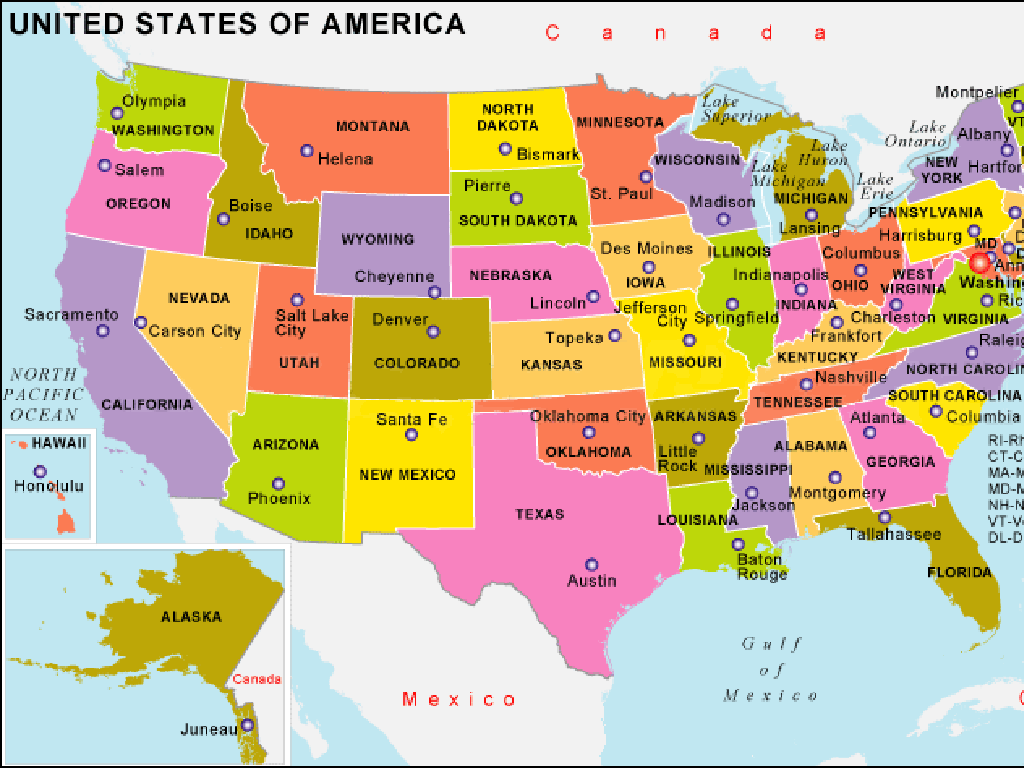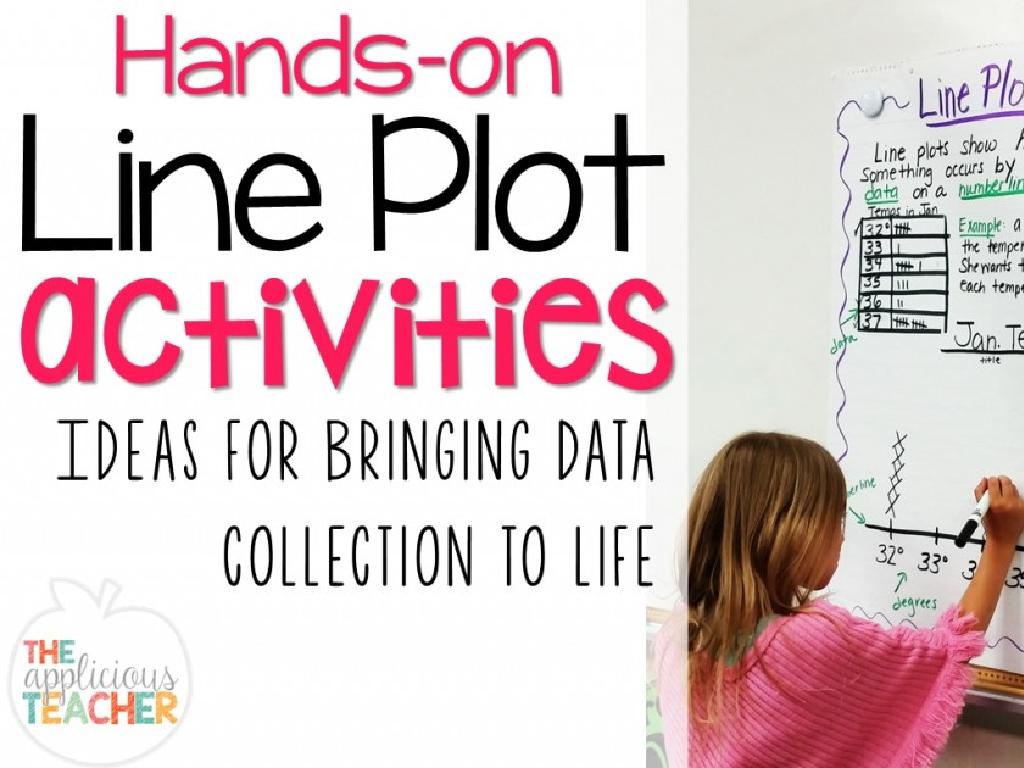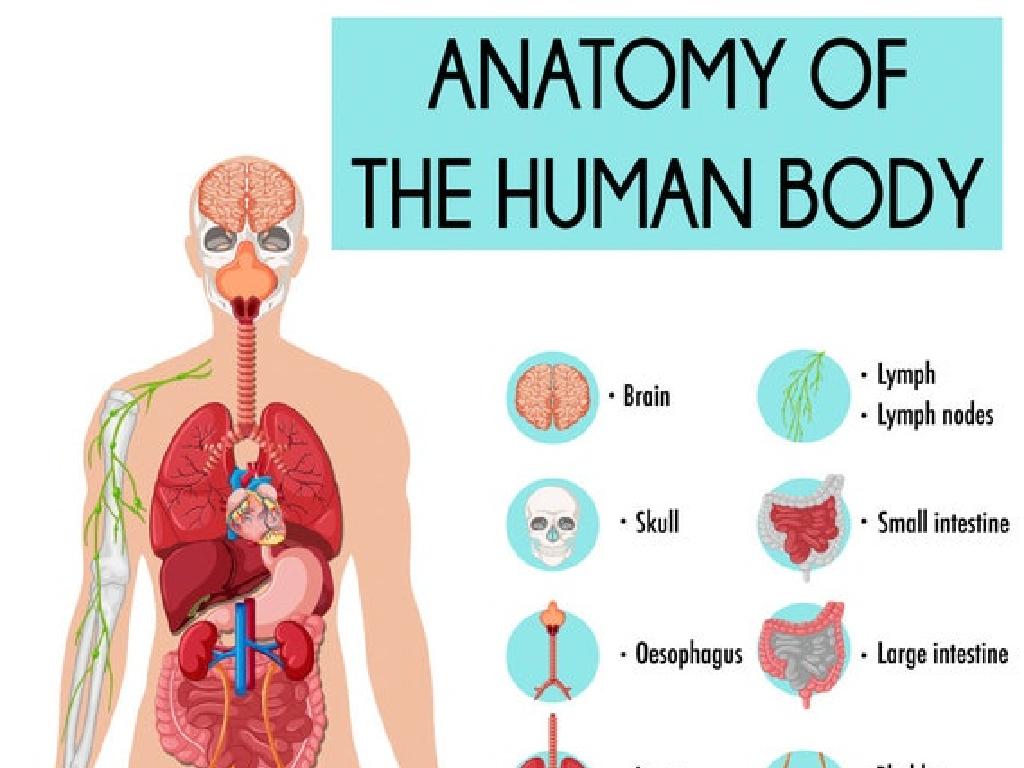American Political Ideologies And Beliefs
Subject: Arts and humanities
Grade: High school
Topic: Ap /College Us Government And Politics
Please LOG IN to download the presentation. Access is available to registered users only.
View More Content
Introduction to American Political Ideologies
– Overview of the U.S. political landscape
– A spectrum from conservative to liberal views
– Defining political ideologies and beliefs
– Set of ideas that outline how society should work
– Role of ideologies in shaping governance
– Ideologies guide policy-making and governance structures
– Impact on society and individuals
– Influence on laws, culture, and daily life
|
This slide introduces the concept of political ideologies and their significance in the United States. Begin by explaining the broad spectrum of political thought in the U.S., from conservative to liberal, and everything in between. Clarify that political ideologies are systems of beliefs and values that provide a framework for political, economic, and social order. Emphasize how these ideologies play a crucial role in shaping the policies and functioning of government, as well as their pervasive impact on society and the lives of individuals. Encourage students to consider how their own beliefs align with these ideologies and to recognize the diversity of thought within the American political system.
Roots of American Political Thought
– Historical context of ideologies
– Origins trace back to colonial times, revolution, and early statehood.
– Enlightenment’s influence
– Enlightenment ideas like liberty, democracy, and justice shaped US politics.
– Constitution’s role in politics
– Establishes the framework for government and its relationship to the people.
– Bill of Rights significance
– Protects individual freedoms and limits governmental power.
|
This slide aims to provide students with an understanding of the foundational aspects of American political ideologies. It begins with the historical context, highlighting how the colonial era, the American Revolution, and the early years of statehood contributed to the development of political thought in the US. The Enlightenment’s emphasis on reason and individual rights heavily influenced American values such as liberty, democracy, and justice. The Constitution is discussed as the blueprint for the American system of government, delineating the separation of powers and federalism. Lastly, the Bill of Rights is emphasized as a critical document that safeguards individual liberties and ensures a check on government power. Students should be encouraged to explore how these roots continue to influence contemporary American political debates and policies.
Exploring American Political Ideologies
– Overview of major ideologies
– Conservatism, liberalism, socialism, etc.
– Key principles of conservatism
– Tradition, limited government, free market
– Key principles of liberalism
– Equality, civil rights, government intervention
– Ideologies in current politics
– How ideologies shape policies and elections
|
This slide aims to introduce students to the major political ideologies that influence American politics. Begin with an overview, explaining that ideologies are systems of beliefs and values that drive political preferences and policy decisions. Discuss conservatism, emphasizing its focus on tradition, limited government, and free-market principles. Contrast this with liberalism, which prioritizes equality, civil rights, and often supports government intervention in the economy to achieve social justice. Highlight how these ideologies are not static and how they manifest in current political debates, policy-making, and elections. Encourage students to consider the impact of these ideologies on issues such as healthcare, education, and foreign policy. The discussion should help students understand that ideologies provide a framework for interpreting the complex landscape of American politics.
Political Parties and Beliefs in the U.S.
– Understanding the two-party system
– Democrats and Republicans dominate U.S. politics, each with distinct platforms.
– Role of minor parties in politics
– Minor parties can sway election outcomes and introduce new ideas.
– Parties’ influence on political ideologies
– Political parties shape public policy and voters’ perceptions based on their ideologies.
– Reflection of ideologies in party agendas
– Party platforms are tailored to resonate with their ideological supporters.
|
This slide aims to provide students with an overview of the American political party system, focusing on the two major parties, the Democrats and Republicans, and the role of minor parties. It’s crucial to discuss how these parties not only shape but also reflect the political ideologies of their constituents. Students should understand that while the two-party system is dominant, minor parties play a significant role in introducing new policies and sometimes influencing election results. Encourage students to explore how the parties’ platforms align with different ideologies and how this affects voter alignment and policy-making. Examples of minor party influence, such as the Progressive Party’s impact on social reforms, can be discussed to illustrate their importance.
Contemporary Issues and Ideological Debates
– Discuss current hot-button issues
– Issues like healthcare, immigration, and climate change
– Compare ideological approaches
– How liberals, conservatives, and others view these issues
– Media’s influence on politics
– Media can sway or reflect political views
– Public opinion shaping discourse
– Polls and social media as opinion barometers
|
This slide aims to delve into the current controversial topics that are central to American political debate. Students should understand that different political ideologies, such as liberalism and conservatism, offer varying solutions to these issues. The media plays a critical role in shaping and reflecting political discourse, often influencing public opinion. It’s also important to discuss how public opinion is measured and can impact political decision-making. Encourage students to think critically about the sources of their information and to seek out diverse perspectives to fully understand the debates at hand.
Impact of Ideologies on Policy and Law
– Ideologies shape government policy
– For instance, conservatism may push for lower taxes, while liberalism might advocate for social welfare programs.
– Beliefs inform legal decisions
– Judges’ interpretations of the law can be swayed by their personal political beliefs.
– Landmark Supreme Court cases
– Cases like Roe v. Wade or Brown v. Board of Education show how ideologies can affect legal outcomes.
– Analyzing ideological influence
|
This slide examines the profound impact that political ideologies have on shaping government policy and influencing legal decisions. Students should understand that ideologies are not just abstract beliefs but have real-world consequences on the governance of a country. By exploring how conservative or liberal ideologies translate into policy initiatives, students can better grasp the practical application of these beliefs. Additionally, by studying landmark Supreme Court cases, students can see the direct relationship between political ideologies and legal interpretations. Encourage students to think critically about how current political debates might be influenced by underlying ideologies.
Class Activity: Exploring Political Ideologies
– Divide into ideology-based groups
– Discuss group’s stance on an issue
– Present arguments to the class
– Engage in a civil debate
|
This class activity is designed to help students understand the spectrum of political ideologies in American politics. Divide the class into small groups, each representing a different political ideology (e.g., conservative, liberal, libertarian, etc.). Assign each group a current political issue to discuss and develop a stance on. After discussion, each group will present their arguments to the class. Following the presentations, facilitate a structured debate where groups can engage with each other’s ideas respectfully. This activity encourages critical thinking, public speaking, and the practice of civil discourse. Possible issues for discussion could include healthcare, education, taxation, or environmental policy. Ensure that each student has the opportunity to contribute to their group’s discussion and presentation.






